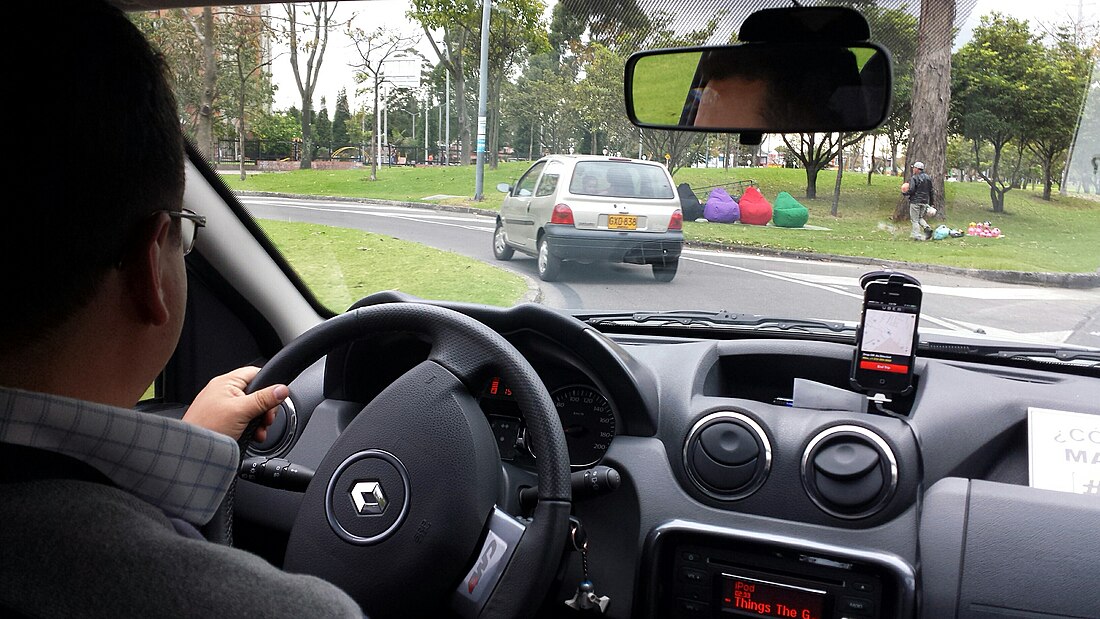Top Qs
Timeline
Chat
Perspective
Side job
Additional job providing extra income From Wikipedia, the free encyclopedia
Remove ads
A side job, also informally called a side hustle or side gig, is an extra job that a person takes in addition to their primary job in order to supplement their income. Side jobs may be done out of necessity when a person's main job does not provide sufficient income to support them, or simply out of a desire to earn more money or to try something interesting. Working a side job is also referred to as moonlighting, usually when it is performed after regular business hours. A side job can be a full-time job, part-time contract, or freelance work, and a person can hold more than one side job.[2]
The examples and perspective in this article may not represent a worldwide view of the subject. (June 2025) |

A "day job" is defined as work a person does "to earn money so that [they] can do something else that [they] prefer but that does not pay [them] much money."[3] Side jobs are typically tasks that can be completed on a part-time or freelance basis at the same time as having a day job. Examples include copywriting, ecommerce (such as selling products on Amazon), affiliate marketing, providing social media marketing services, freelance web design, foreign language lessons or translations, tutoring or coaching, graphic design, freelance writing, and business management.
Side jobs have become more prevalent in the United States because of wage stagnation and low wage growth that have not kept up with the rising cost of living.[4] Working a side job imposes a burden since it lengthens one's working hours. In a 2023 survey, nearly 39% of Americans reported having a side job,[5] with 57% of New Yorkers needing one to make ends meet,[6] and a third of U.S. adults said they required a side job to pay for basic household expenses.[5] In the UK in 2019, 60% of students and graduates reported having a side job, and 43% required it to pay renting expenses.[7]
The most common reason workers take on side jobs is to obtain additional disposable income.[5] The side job can also be a means to pay off student loans, or to use one's creativity in ways normally not available in the traditional workplace.[5][8] Millennials were the most likely to have a side job, often to provide a financial "safety net",[9] leading them to be labeled the "side hustle generation".[8] However, Gen Z has surpassed Millennials as the generation with the highest rate of working side jobs.[10]
Soham Parekh, a software engineer from Mumbai, became a news story in 2025 for holding so many side jobs with Silicon Valley startups that he was a "serial non-sleeper".[11] He illustrated the grueling lifestyle of a remote worker whose large collection of side jobs comprised a higher paying, albeit unsustainable, substitute for a single primary job.[12]
Remove ads
See also
References
Wikiwand - on
Seamless Wikipedia browsing. On steroids.
Remove ads
